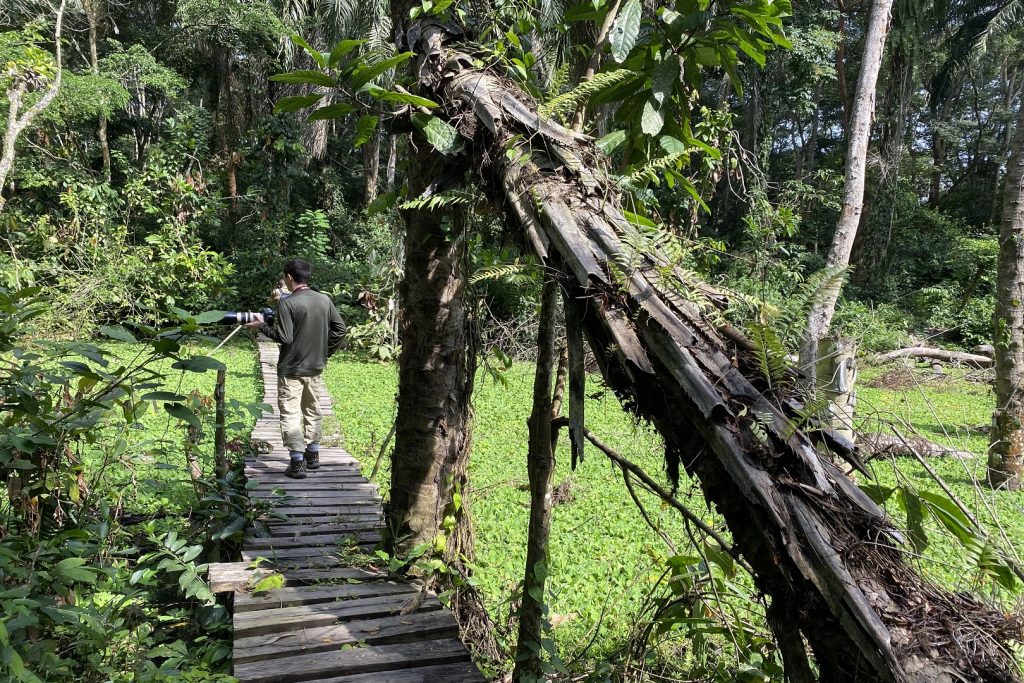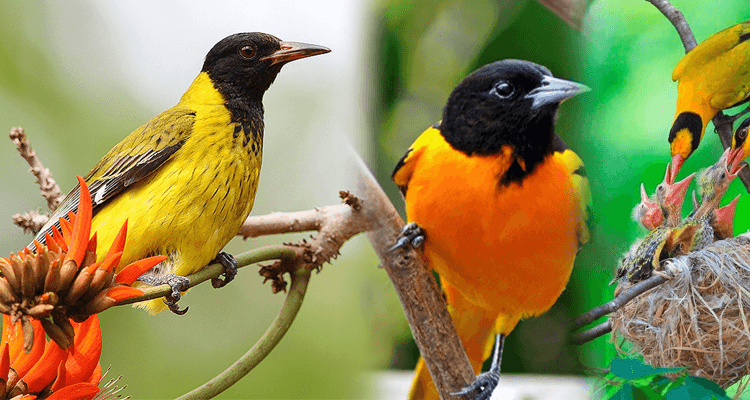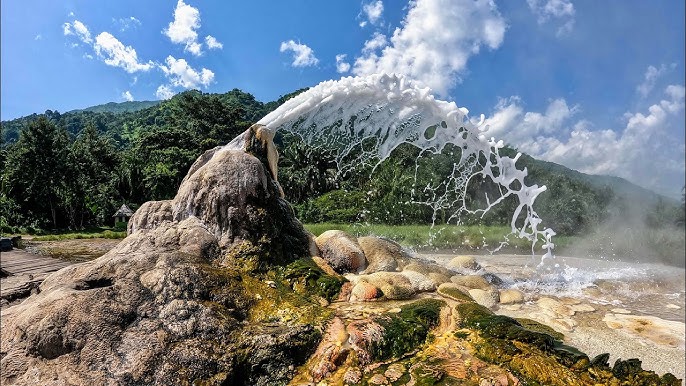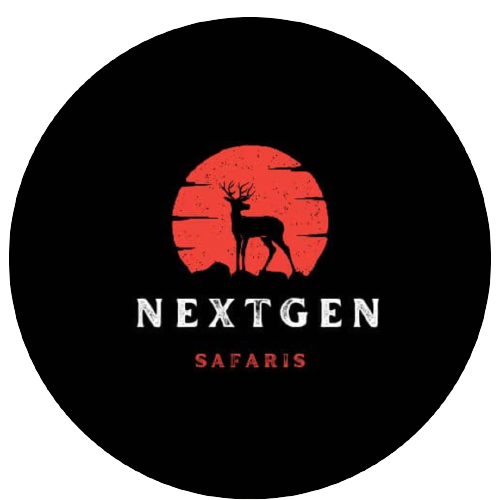Semuliki National Park
About Semuliki National Park
Semuliki National Park was created in 1932 and upgraded to national park status in 1993.
It is the only tract of true lowland tropical forest in East Africa, hosting 441 recorded bird species and 53 mammals.
Large areas of this low-lying park may flood during the wet season, a brief reminder of the time when the entire valley lay at the bottom of a lake for seven million years.
Four distinct ethnic groups live near the park – Bwamba farmers live along the base of the Rwenzori while the Bakonjo cultivate the mountain slopes. Batuku cattle keepers inhabit the open plains and Batwa, pygmies, traditionally hunter gathers, live on the edge of the forest.
Semuliki National Park sprawls across the floor of the Semuliki Valley on the remote, western side of the Rwenzori. The Park is dominated by the easternmost extension of the great Ituri Forest of the Congo Basin. This is one of Africa’s most ancient and bio-diverse forests; one of the few to survive the last ice age, 12-18,000 years ago.
The Semuliki Valley contains numerous features associated with central rather than eastern Africa. Grass Thatched huts are shaded by West African oil palms; the Semuliki River (which forms the international boundary) is a miniature version of the Congo River, the forest is home to numerous Central African wildlife species, and the local population includes a Batwa pygmy community that originated from the Ituri. As a result, this park provides a taste of Central Africa without having to leave Uganda.
While Semuliki’s species have been accumulating for over 25,000 years, the park contains evidence of even older processes. Hot springs bubble up from the depths to demonstrate the powerful subterranean forces that have been shaping the rift valley during the last 14 million years.
This biologically diverse region also provides shelter to a further 120 mammals, including several primate species such as baboons and chimpanzees, as well as elephants and antelopes. There are around 350 species of birds hosted in this forest, including 23 Albertine Rift endemics.
Hippos are common are common along the semuliki river,as are crocodiles,More than 300 species of butterflies have been identified,including 46 species of forest swallowtail,together with 235 moth species.Over 435 bird species have been recorded in Semuliki National Park.The checklist includes 35 Guinea-congo forest biome bird species,spot-breasted ibis,Haartlaub’s duck,Congo sepent eagle,chestnut flaned goshawk,red thighed sparrowhawk.Furthermore,another 12 species with extremely little distribution are spotted like the western bronze-naped pigeon.yellow throated cukoo.
Activities to do in Semuliki National Park
1. Nature Walk

2. Bird Watching

3. Visiting Sempaya Hot Springs

Accommodations in And Around Semuliki National Park
- Semuliki Safari Lodge:
- This lodge offers luxury accommodation with a stunning location overlooking the Rwenzori Mountains.
- Website: Semuliki Safari Lodge
- Ntoroko Game Lodge:
- Situated on the shores of Lake Albert, Ntoroko Game Lodge provides a tranquil setting and a variety of wildlife viewing opportunities.
- Website: Ntoroko Game Lodge
- UWA Bandas:
- Uganda Wildlife Authority (UWA) provides basic accommodation options in bandas within the park.
- These are suitable for those looking for a more rustic and budget-friendly experience.
- Fort Motel, Fort Portal:
- While not within the park itself, Fort Portal offers additional accommodation options. Fort Motel is one such option.
- It’s about a two-hour drive from Fort Portal to Semuliki National Park.
- Semliki Safari Forest Camp:
- This camp offers a more intimate experience with just a few tents, providing an immersive connection with the surrounding nature.
How to get to Semuliki Forest Reserve?
Getting to semuliki from Kampala to Fort Portal: Kampala-Fort Portal via Mubende is about 180 Km. (about 4-5 hrs drive) while Kampala -Fort Portal via Masaka, Mbarara, Kasese is about 465 Km (7-8 hrs). In both routes 2-wheel drive vehicles can be useful.
Read about
10 Things you Should NOT DO on an African Safari.
What to expect on a safari in Uganda.
Bwindi Impenetrable National Park
How to Choose the Best Tour Operate for Your Safari in Africa
What To Pack For An African Safari
Some of our African Safaris
1 Day Jinja Ultimate tour Experience
1 Day White Water Rafting in Jinja
3 Days Bwindi Gorilla Habituation via Rwanda
3 Day Birding Safaris and Photography in Uganda
3 Day Safari to Queen Elizabeth National Park
3 Day fly in Gorilla Trekking Safari from Masai Mara
3 Day Grand Gorilla Trekking Safari
4 Day Chimpanzee and Gorilla Trekking Safari
4 Day Murchison Falls and Jinja tour
Book directly for a customized Safari

